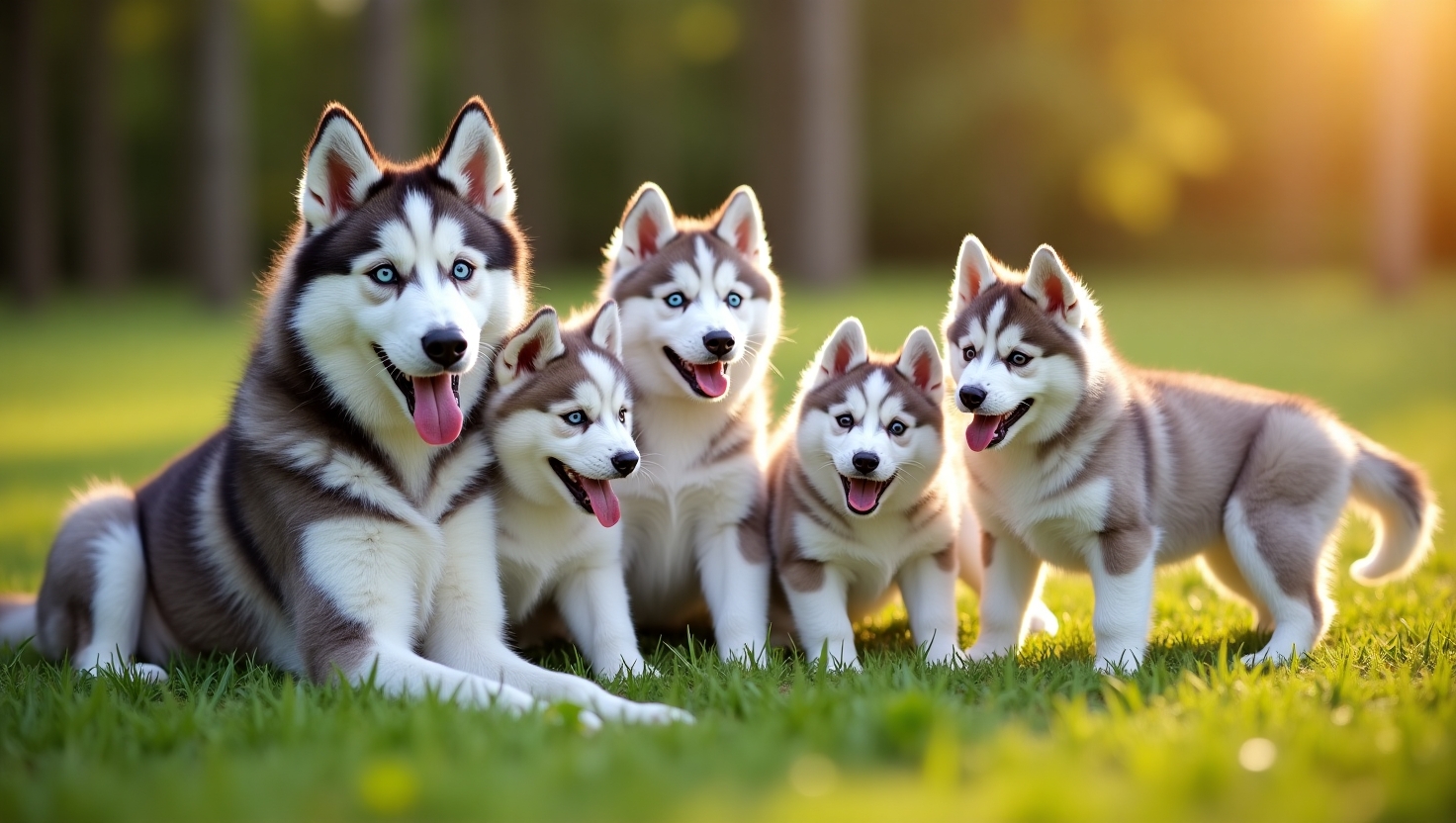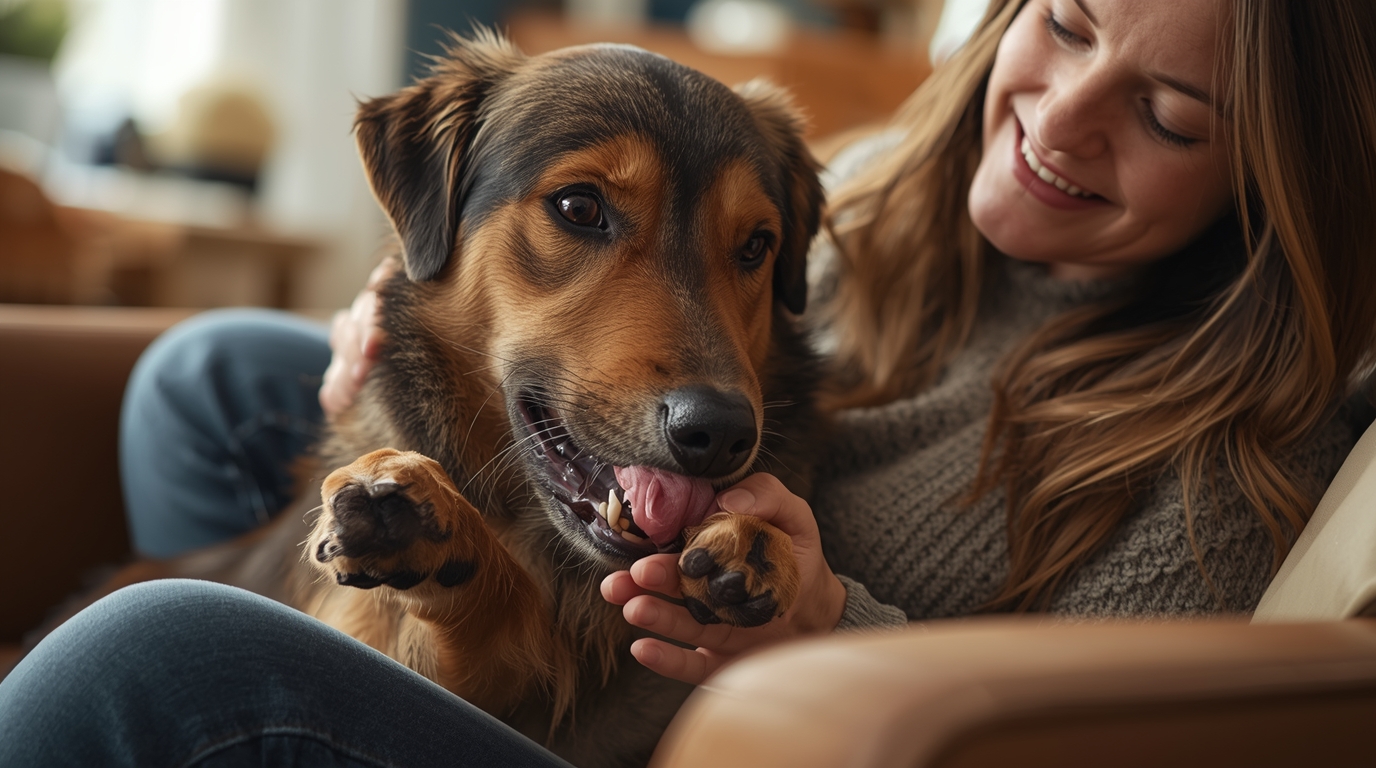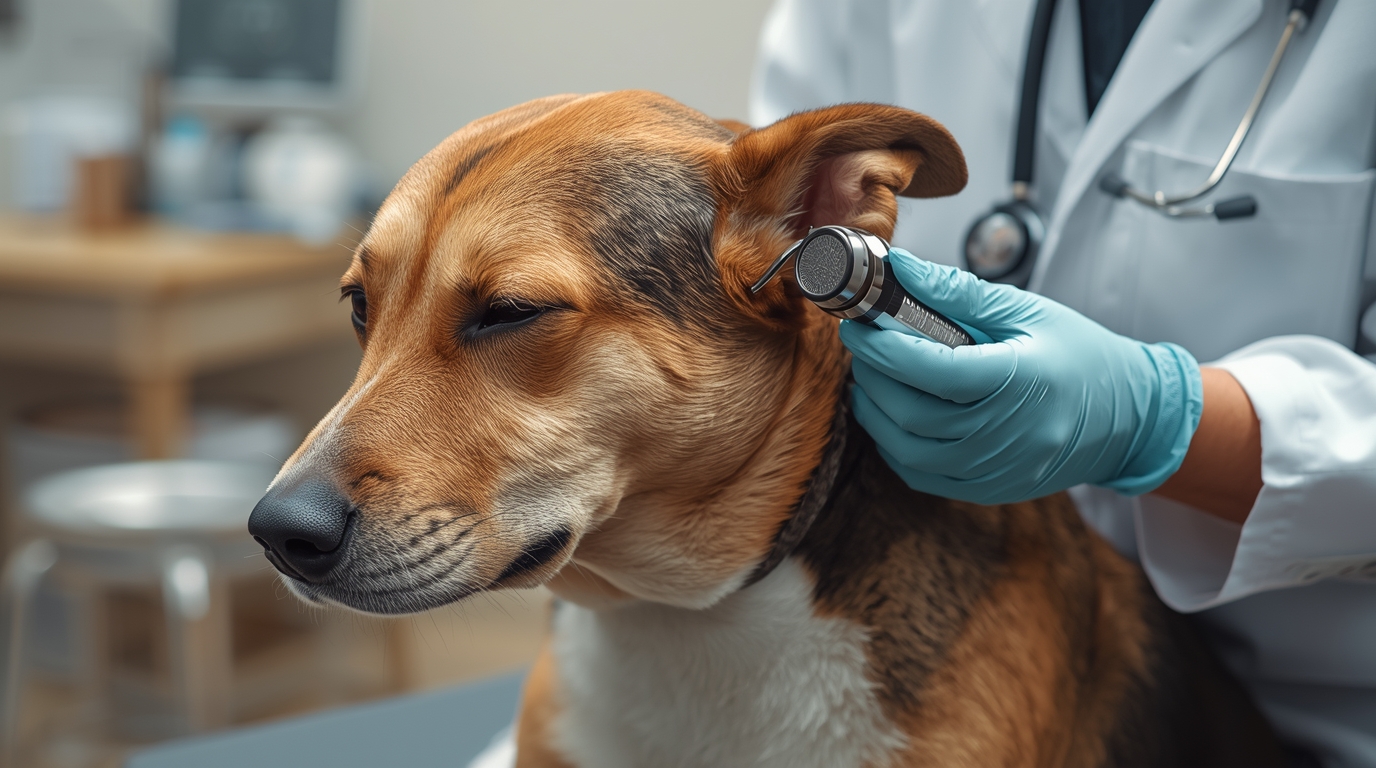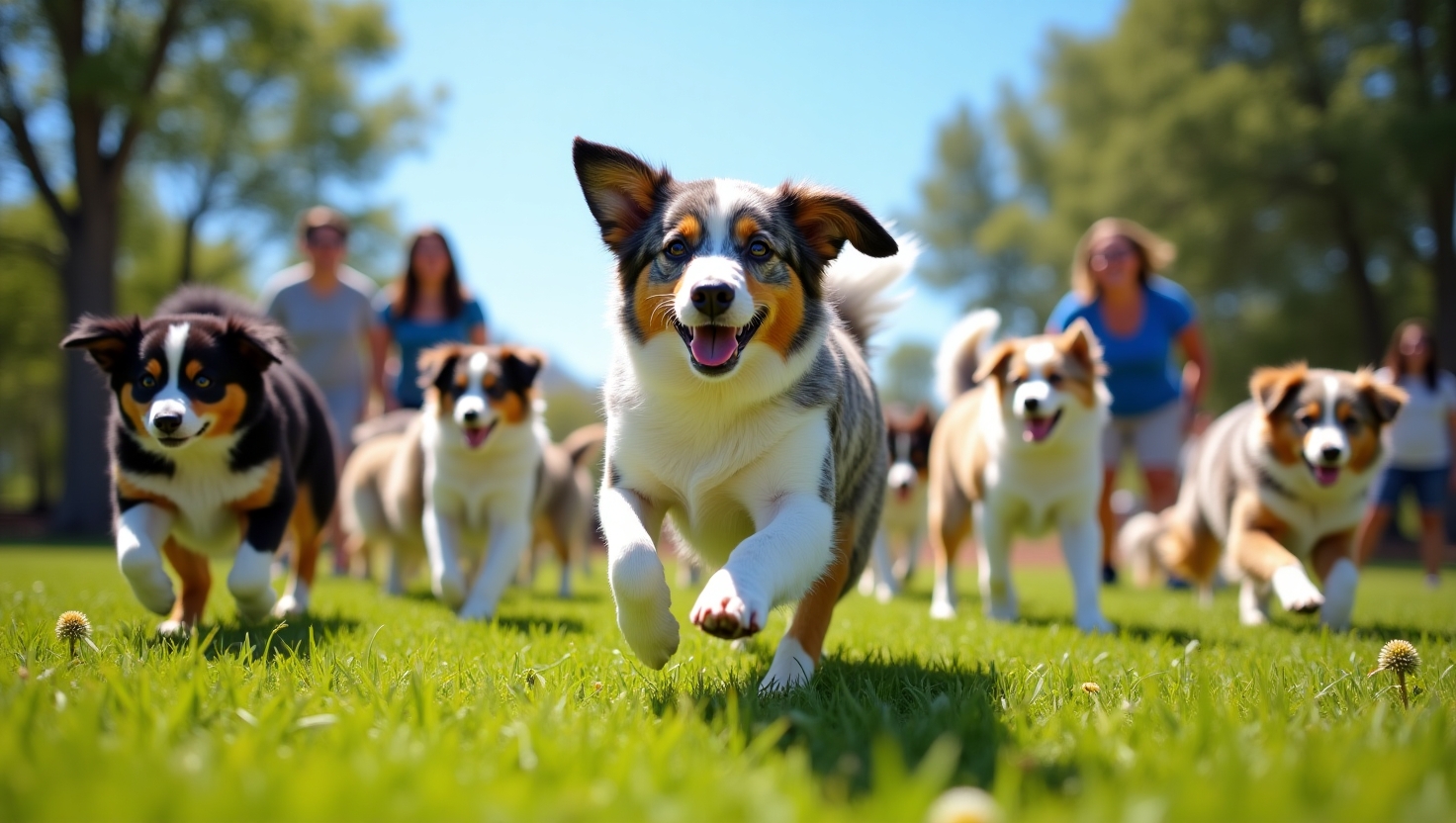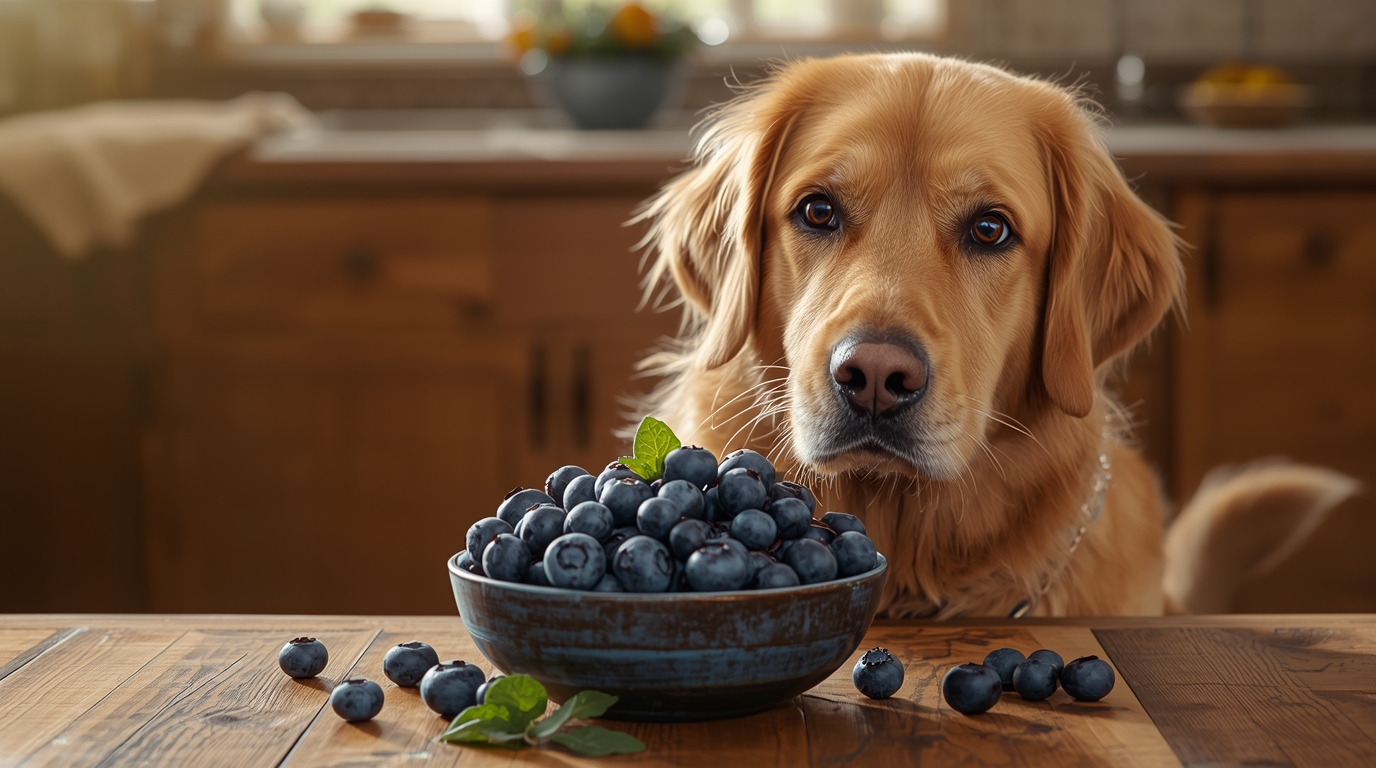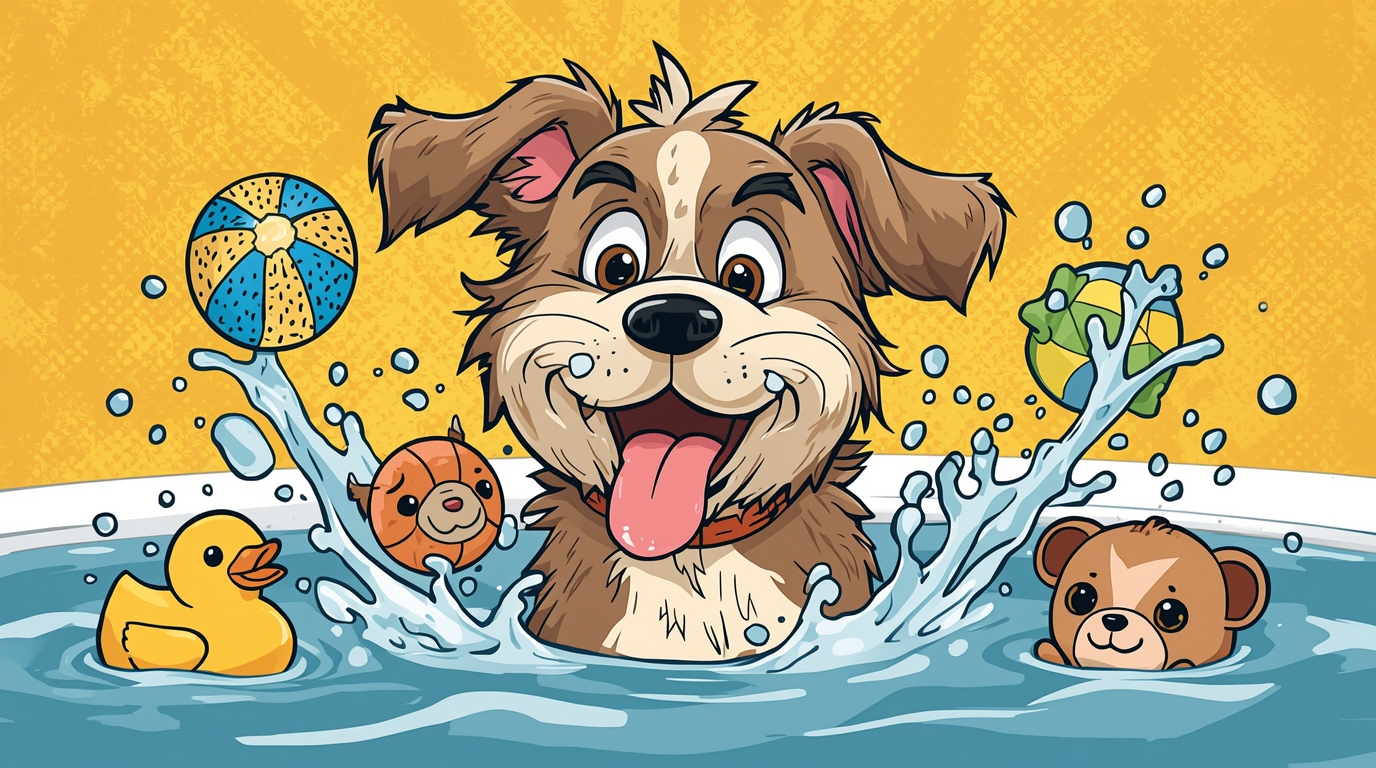Introduction:
If you’re fascinated by dreamy eyes, boundless energy, and a whirlwind of fuzzy enthusiasm, Husky puppies and dogs might be your perfect match. Here in Australia, from chilly Tasmania to tropical Queensland, these stunning dogs are loved but not for everyone. Let’s walk through all you need to consider about introducing a Husky into your life.
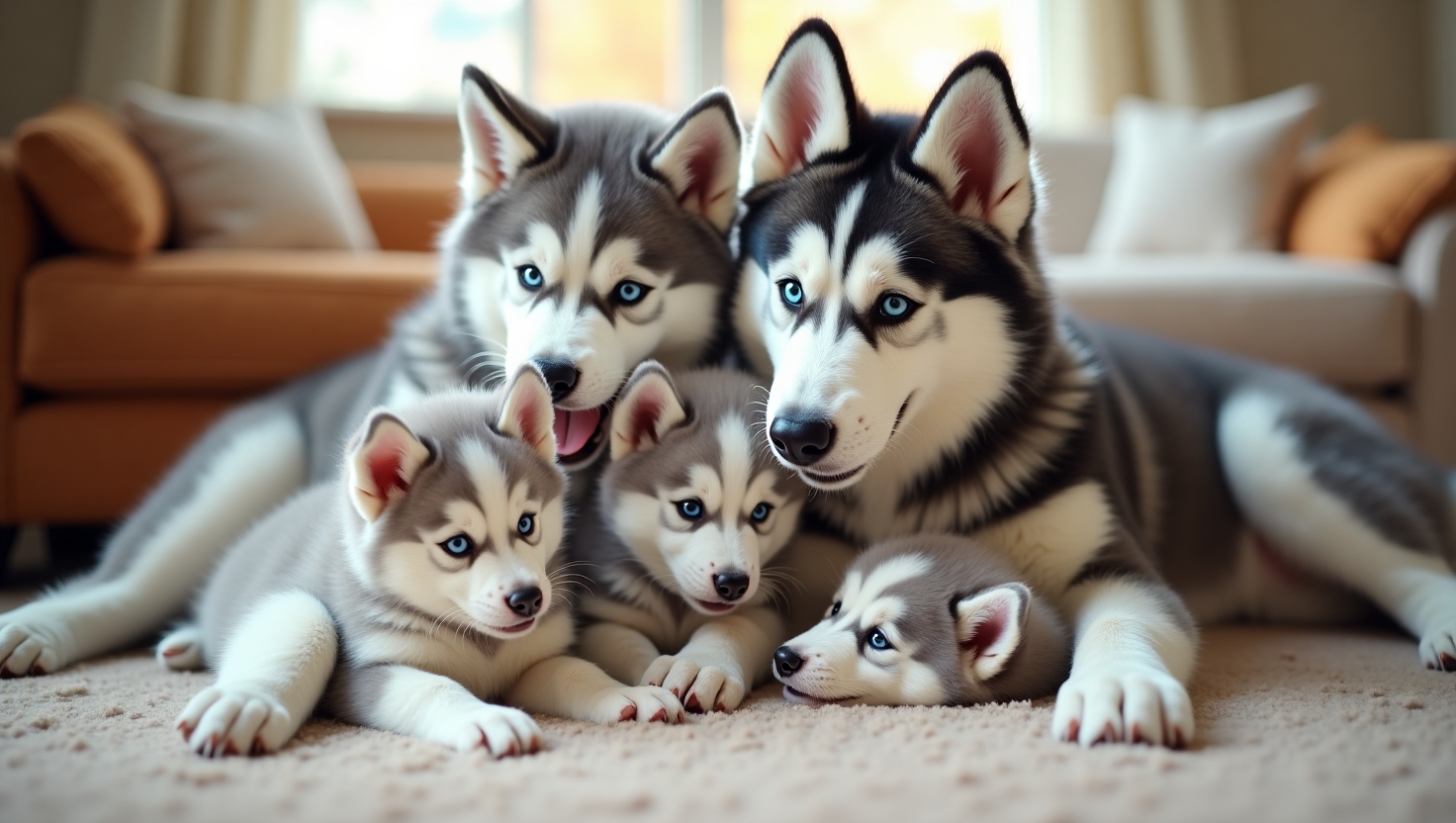
What’s So Fascinating about Husky Puppies and Dogs?
Australia loves Husky puppies and dogs because of their majestic look and energetic personality. They have a thick double coat, wolf-like facial features, and their endless energy is just infectious. These traits are not merely for show; they have deep roots in Siberian blood, where sled-drawing was the cause for breeding Huskies over long distances.
The Classic Siberian Husky Breed Profile
Siberian Husky is a sturdy, high-energy, intelligent breed with lovely blue eyes and double coat. Originating as sled dogs, they are high-exercise-high-friendly companions that are playful by nature.
- Size: 20–27 kg medium males, 16–23 kg females; height around 50–60 cm.
- Lifespan: Typically 12–14 years.
- Temperament: High-energy, independent, friendly, intelligent but sometimes stubborn.
- Grooming: High especially during annual “coat blows”; expect heavy shedding twice a year.
Huskies in the Australian Climate
Despite their arctic beginnings, Husky dogs and puppies thrive in Australia if you give them the right care. Their double coat keeps them warm, and cool floors are their go-to in warmer rooms. Water, brushing, and shade are requirements.
Are Husky Puppies and Dogs Suitable for You? Advantages and Disadvantages
Advantages
- Low aggression level, great with kids and other dogs.
- Travel well and affectionately, they form a strong attachment.
- Active and smart, suited for high-energy Aussie households.
Problems
- Least suited for new or sedentary owners, they are smart and active, requiring discipline and exercise.
- Escape artists by nature secure fencing is necessary.
- Their coat needs regular grooming especially at seasonal shedding.
Moving In To Your Aussie Home: Huskies Need These Essentials
When bringing a Husky to your Australian home, it is crucial to have in place essentials like cooling mats, hard-wearing toys, and robust fencing. They give your Husky comfort, entertainment, and safety within the Aussie setting.
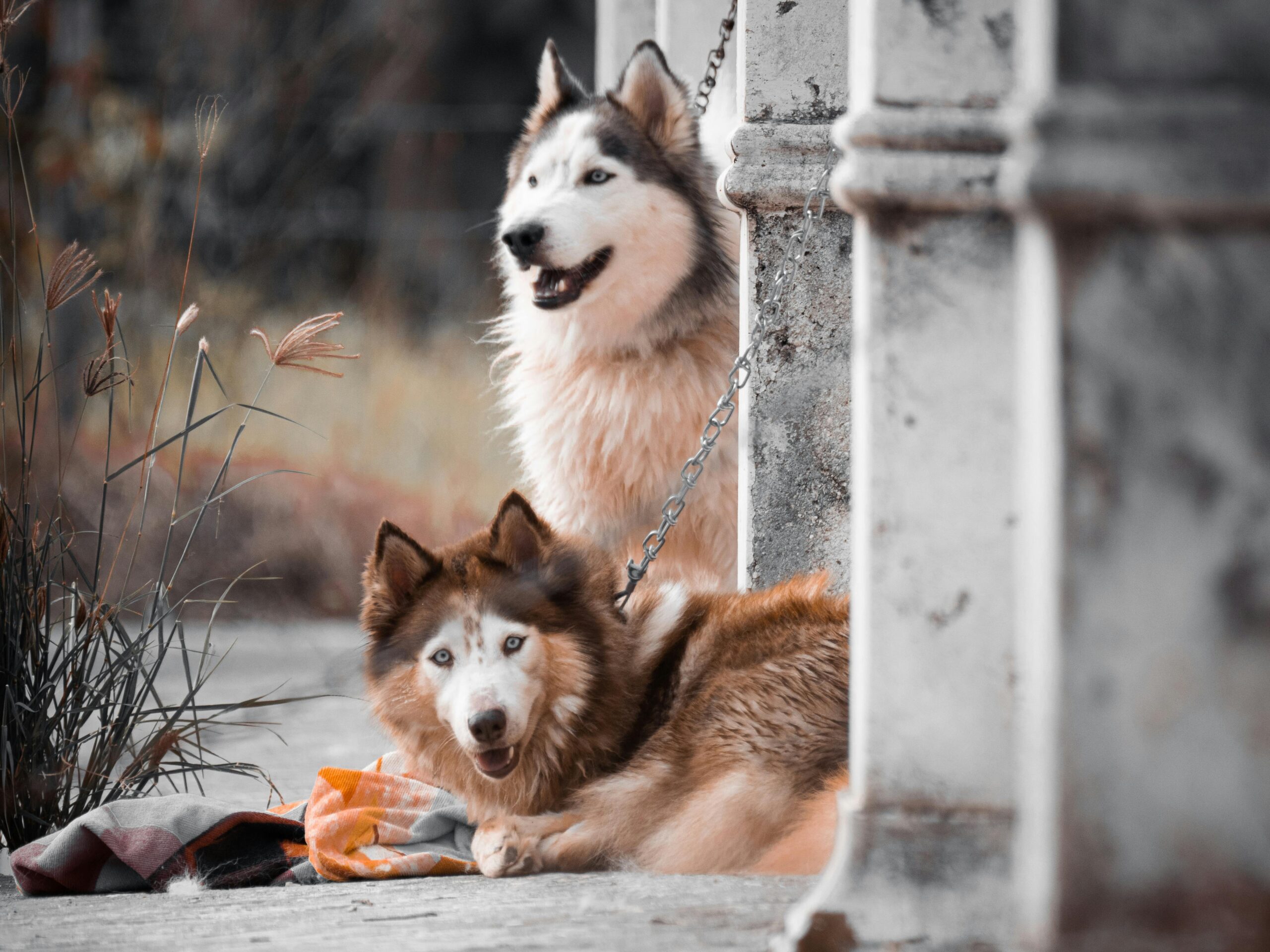
- Exercise – A minimum of 1–2 hours of exercise every day: running, walking, fetch, or sled-type games.
- Mental Stimulation – Puzzle toys, training, and interactive play are all necessary.
- Safe Enclosure – Huskies are natural roamers; opt for high, sturdy fencing.
- Imbed Routine – They adore strict routine, training signals, and strong bonds.
- Groom Sensibly – Daily brushing to manage shedding, baths only when necessary to seal in coat oils.
Caring for Husky Puppies in Australia
Having a puppy? Here’s your Australian-specific care package:
- Early Training and Socialisation – Train wander avoidance, social signals, and leash manners immediately.
- Puppy Feeding – Rich, large-breed puppy foods are necessary to satisfy growing and energy requirements.
- Exercise for Puppies – Gentle, age-related exercise; do not overdo.
- Preventative Health – Veterinary check-ups, parasite control, and eye testing (typical for breed) are essential.
Costs Incurred by Husky Dogs and Puppies in Australia
Keeping Husky dogs and puppies entails cost considerations:
Purchase Price: Responsible breeders charge pups between AUD 2,000–5,500 depending on lineage.
Food: Healthy food in the price bracket of $80–120/month.
Grooming: DIY tools prove useful; professional grooming sessions may cost $80–120, especially moulting time.
Training: Foundation basic classes range from $30–230, with specialist training going up to $250.
Healthcare: Veterinary check-ups, vaccinations, and preventatives raise the budget accordingly.
Husky Mixes: Aussies Love These Crossbreeds
Husky crossbreeds are increasingly popular across Australia. Breeds like Pomskies, Husky-Staffy, or Golden Retriever-Husky hybrids capture the dramatic looks of the Husky and combine it with opposite sizes and temperaments to meet a family that wants a Husky-type companion with a little more flexibility.
Real Aussie Advice
One Australian Husky owner described:
“Having a Husky is like being part of a whirlwind of energy but you’d never trade them in for the world. Adventure, cuddles, and howl sessions on the docket!”
This is the same view that has seen Husky ownership become so fashionable in Australia: beautiful, energetic, and totally rewarding with the right commitment.
Check this: Body Leashes for Dogs: The Kind, Smart Solution for Aussie Pet Owners
Final Thoughts: Are Husky Dogs and Puppies Appropriate for Your Australian Household?
In short: If you’re active, prepared, and ready to invest time in training and care, Husky dogs and puppies can bring boundless joy, adventure, and companionship. But if your lifestyle is more sedentary or less structured, they might not be the best fit.
The key? Being aware of their needs, honoring their energy reserves, and welcoming them into the fold (and securely fenced homes!) For the willing, life with a Husky is an adventure every moment is worth.
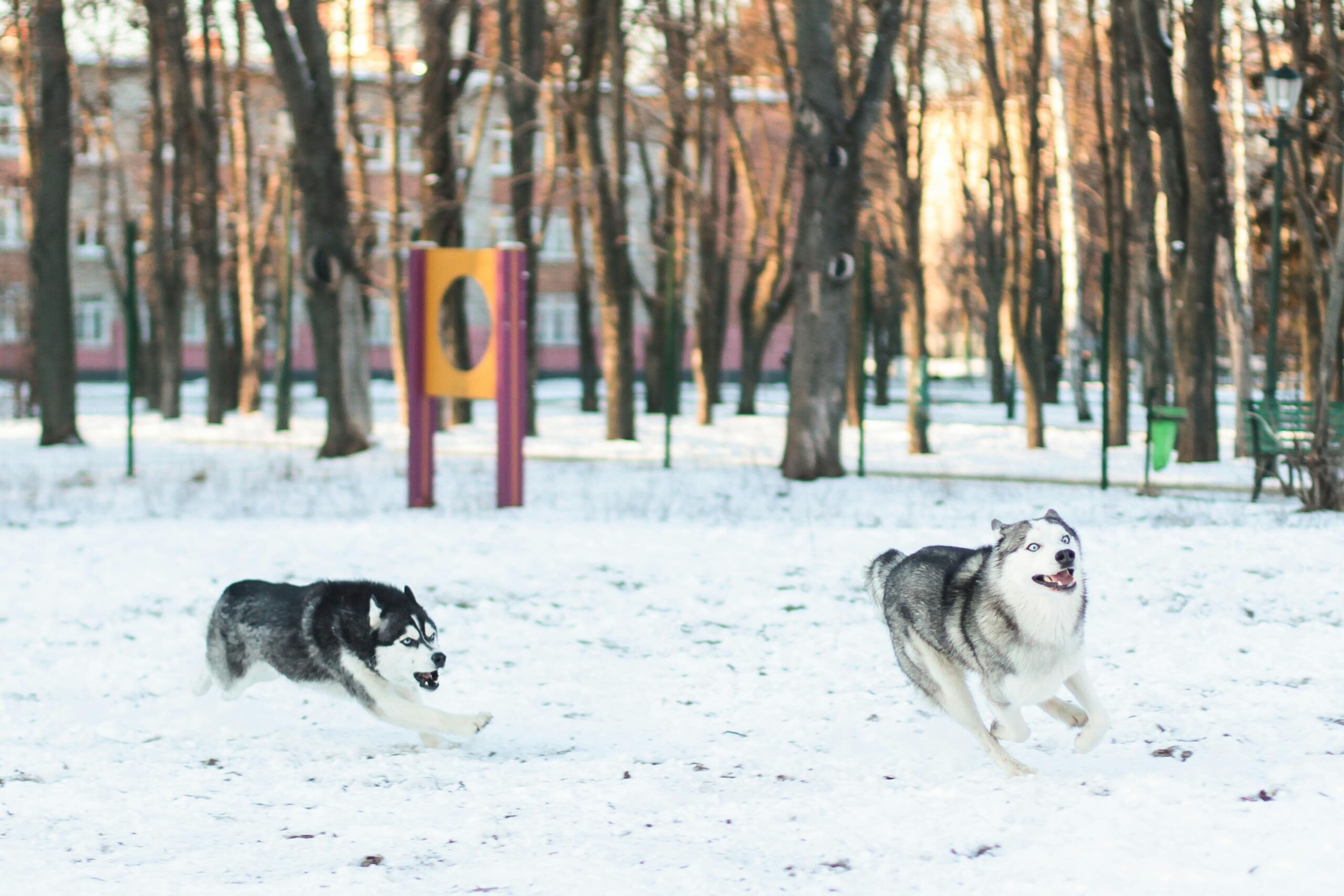
FAQ: Husky Dogs and Puppies in Australia
Q1: Are Siberian Huskies good family pets in Australia?
Yes, they are friendly and outgoing, great with kids and other animals, but need high exercise and secure fencing to ensure safety.
Q2: What is the exercise a Husky puppy needs?
Brief, frequent play sessions and walking avoid joint overexercising without sacrificing training fundamentals.
Q3: How much will a Husky cost to keep?
Aim for AUD 2,000–5,500 for the dog, plus $80–120 monthly for food, and more for grooming and training.
Q4: Do Huskies shed throughout the year?
They heavily shed twice a year (coat blow) and lightly otherwise; regular brushing of them is required.
Q5: Are Huskies easy to train?
They are intelligent but stubborn and willful; consistent positive reinforcement training is best.

